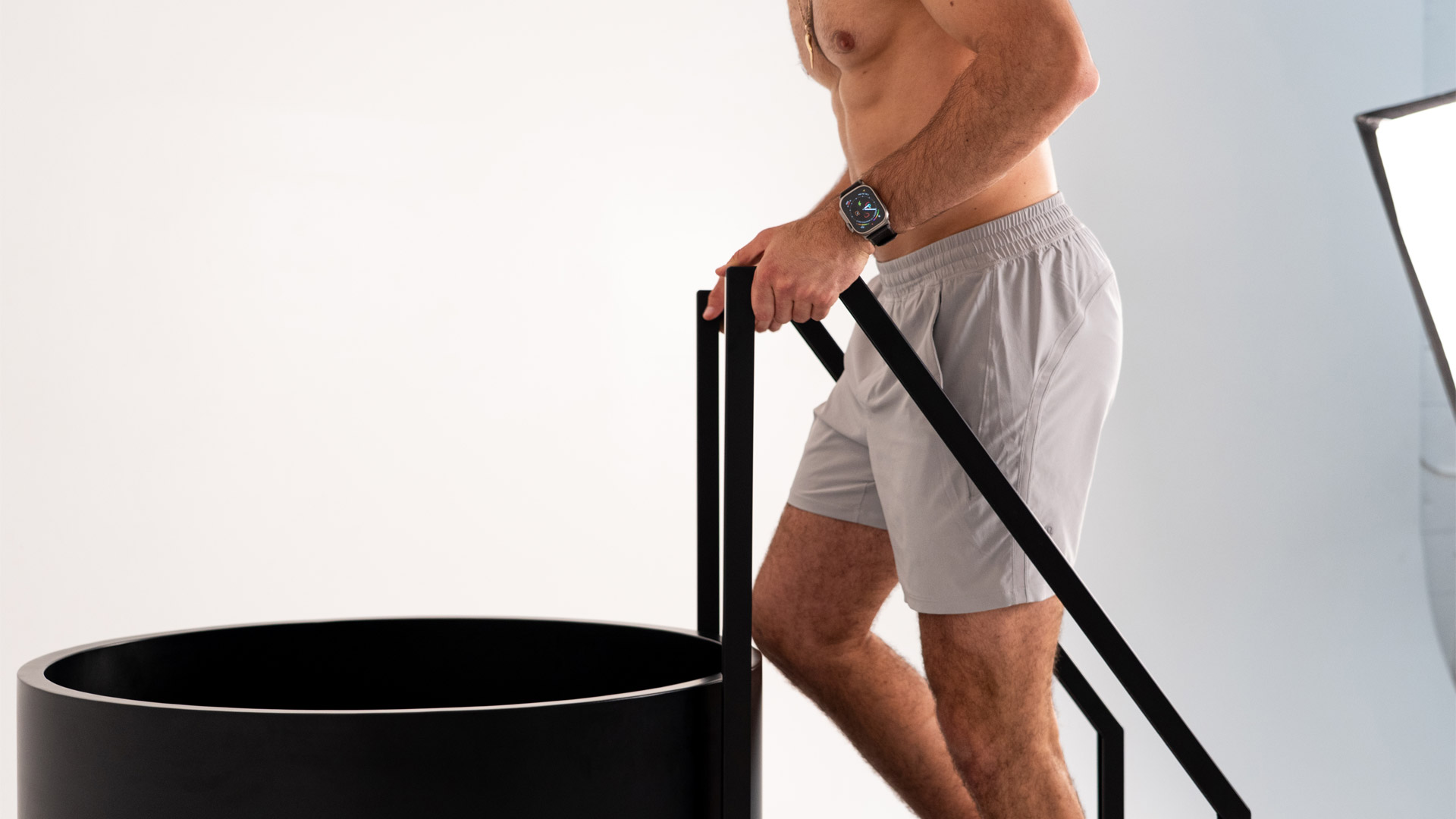All Categories

Navigating the path to recovery after knee surgery can feel overwhelming for clients. The road back to strength involves careful planning, patience, and a strategic approach tailored to each individual’s needs. As fitness professionals, guiding clients through this journey requires technical guidance and genuine empathy for their challenges.
Supporting clients after knee surgery means creating programs that gradually build strength while respecting their body’s healing process. This delicate balance of progress and protection forms the foundation for successful rehabilitation and a return to an active lifestyle with renewed confidence and capability.
Early mobility reduces the risk of complications like blood clots and prepares the body to focus on healing. That’s why the first step in knee recovery exercises is always to encourage gentle movements right after knee surgery.
Gentle movements like assisted leg lifts or gentle heel slides are excellent for maintaining circulation and range of motion. These low-impact knee workouts can be done with minimal strain, preparing your clients for the following stages of rehabilitation.
More importantly, teach clients to listen to their bodies. Pain and swelling are signals to adjust their pace. Safe mobility for knee surgery begins with gradual increases in activity, emphasizing recovery over speed.
Start with isometric exercises such as quadriceps sets, which involve tightening the thigh without joint movement. As your clients progress, introduce step-ups or mini-squats for functional strength. Resistance bands are perfect for muscle-building without overloading the joint.
Exercises must target supporting muscles like the glutes and hamstrings when crafting post-surgery fitness routines. Strong supporting muscles aid balance, reduce knee strain, and improve overall mobility. Rebuild strength gradually after knee surgery, combining these exercises with balance work to ensure long-term stability.
Balance often suffers after knee surgery, making stability exercises a vital component of rehabilitation. Start with single-leg stands and progress to dynamic movements like walking heel-to-toe. Using stability balls or balance boards can further challenge coordination and engage core muscles.
Clients often feel hesitant to return to their daily routines, but improving stability helps them trust themselves again. Add these exercises into their programs alongside strength training post-knee surgery for a well-rounded recovery plan.
Long-term knee health requires maintenance even after your clients have regained basic strength. Incorporate joint-friendly exercises such as swimming, cycling, or walking into their fitness plans. These are gentle on the knees while providing cardiovascular and muscular benefits.
For clients who enjoy resistance training, low-impact machines like stationary bikes or leg presses are excellent options. Balance strength and endurance work to rebuild strength after knee surgery, ensuring your clients remain active without overloading their knees.
Your clients may be eager to get back to their pre-surgery fitness levels, but setting achievable milestones is key. Discuss the importance of gradual progress, emphasizing that recovery timelines vary. Use tools like progress charts or apps to help clients track their improvements in range of motion, strength, and stability.
Encourage them to celebrate small wins, whether walking unaided or performing a step-up without discomfort.
Finally, emphasize the importance of collaboration with physical therapists. Their expertise in creating personalized plans complement your work as a fitness coach, ensuring clients rebuild strength after knee surgery safely and efficiently. Encourage open communication between clients, therapists, and yourself to fine-tune recovery strategies.
Helping your clients rebuild strength after knee surgery requires a thoughtful balance of education, encouragement, and expertise. By adding knee recovery exercises, safe mobility for knee surgery, and progressive strength training, you can guide them toward a full and confident recovery. Tailor each plan to their needs, celebrate their progress, and equip them with the tools to maintain their knee health for years to come.
With patience and persistence, your clients can transition from post-surgery fitness routines to a revitalized, active lifestyle.
About Robert James Rivera
Robert is a full-time freelance writer and editor specializing in the health niche and its ever-expanding sub-niches. As a food and nutrition scientist, he knows where to find the resources necessary to verify health claims.
Powering the Business of Health, Fitness, and Wellness Coaching

By Elisa Edelstein

By Jessica Maurer

By Robert James Rivera

By Robert James Rivera

By Elisa Edelstein

By Elisa Edelstein

Powering the Business of Health, Fitness, and Wellness Coaching
